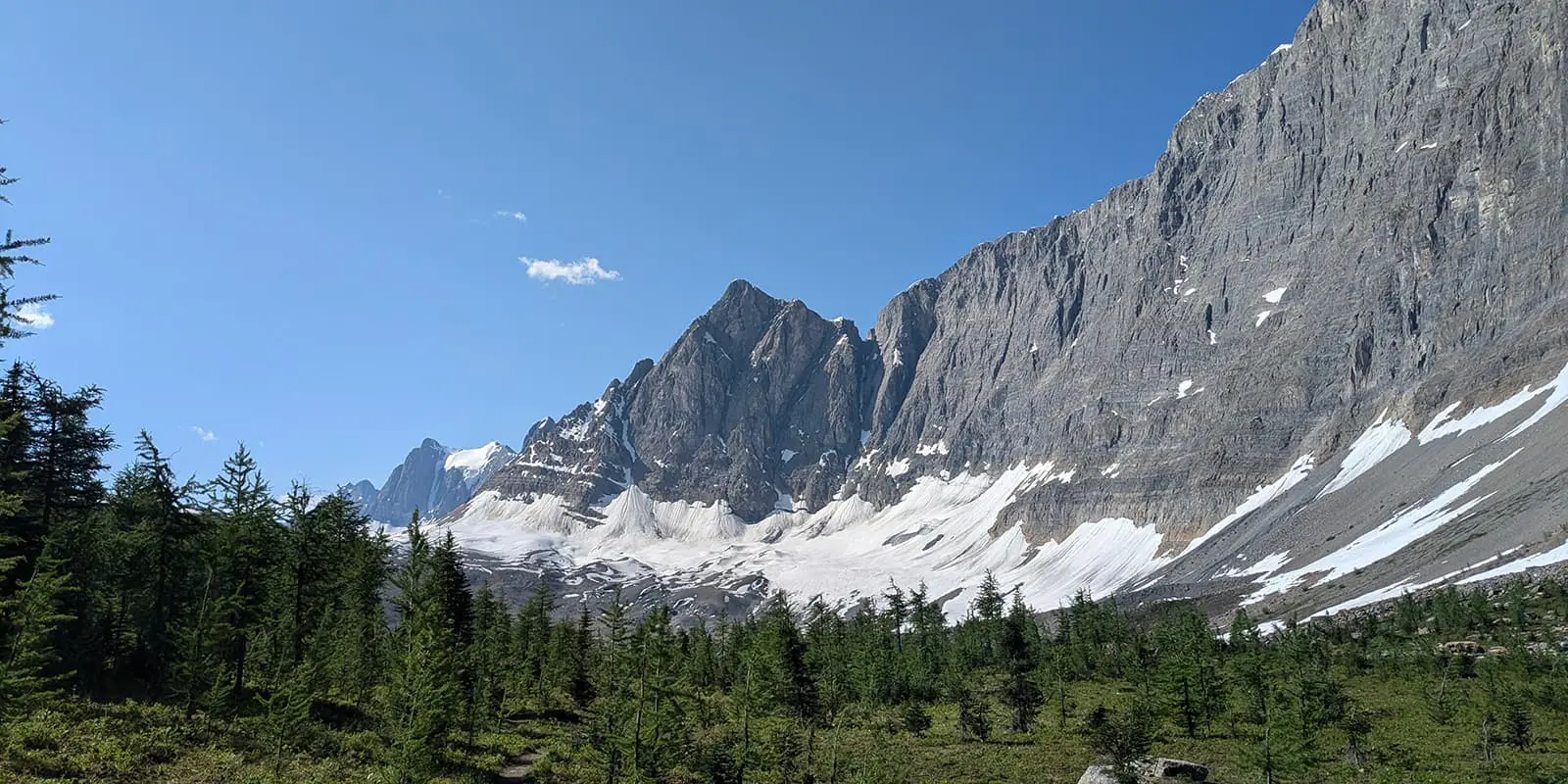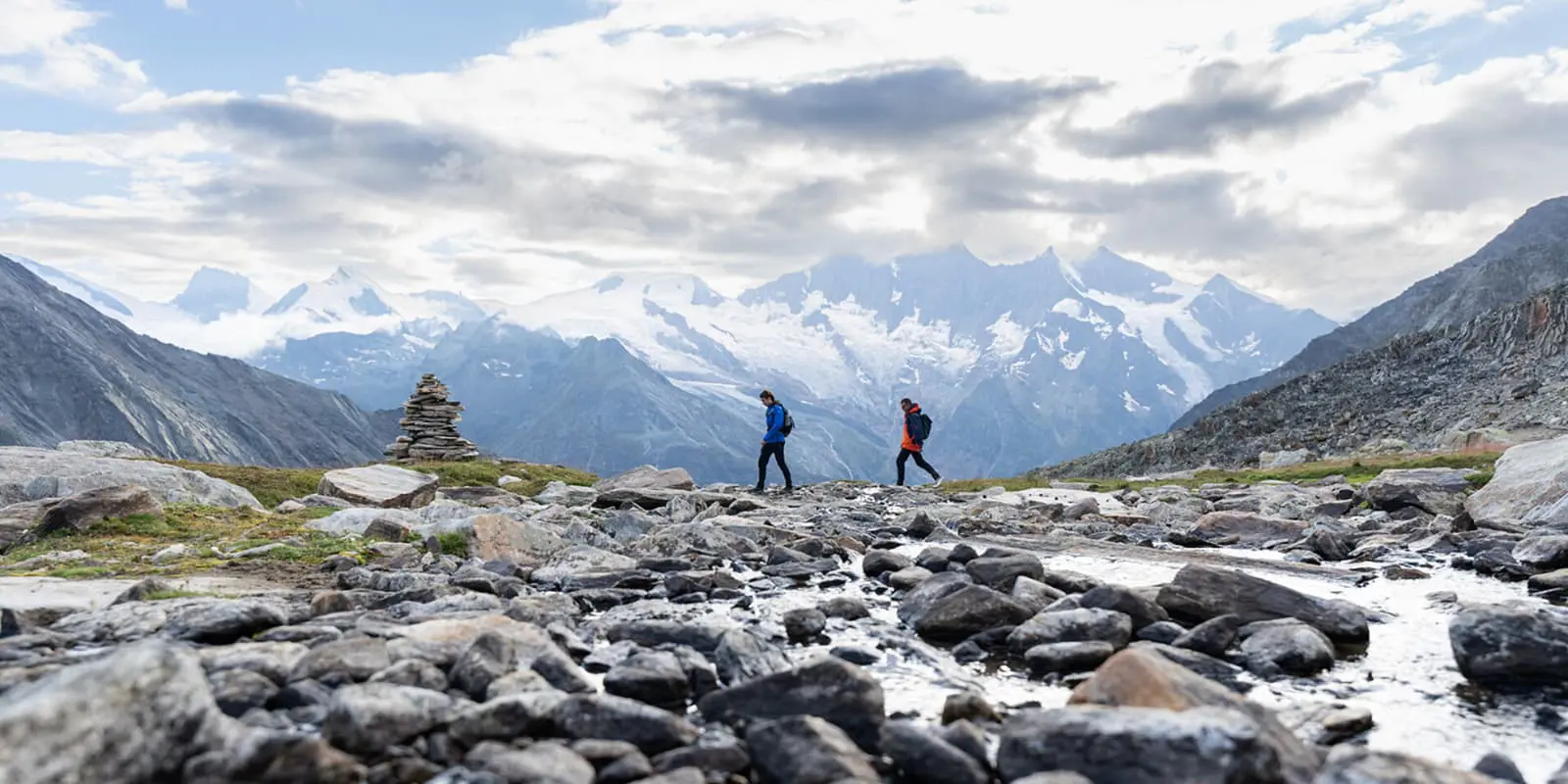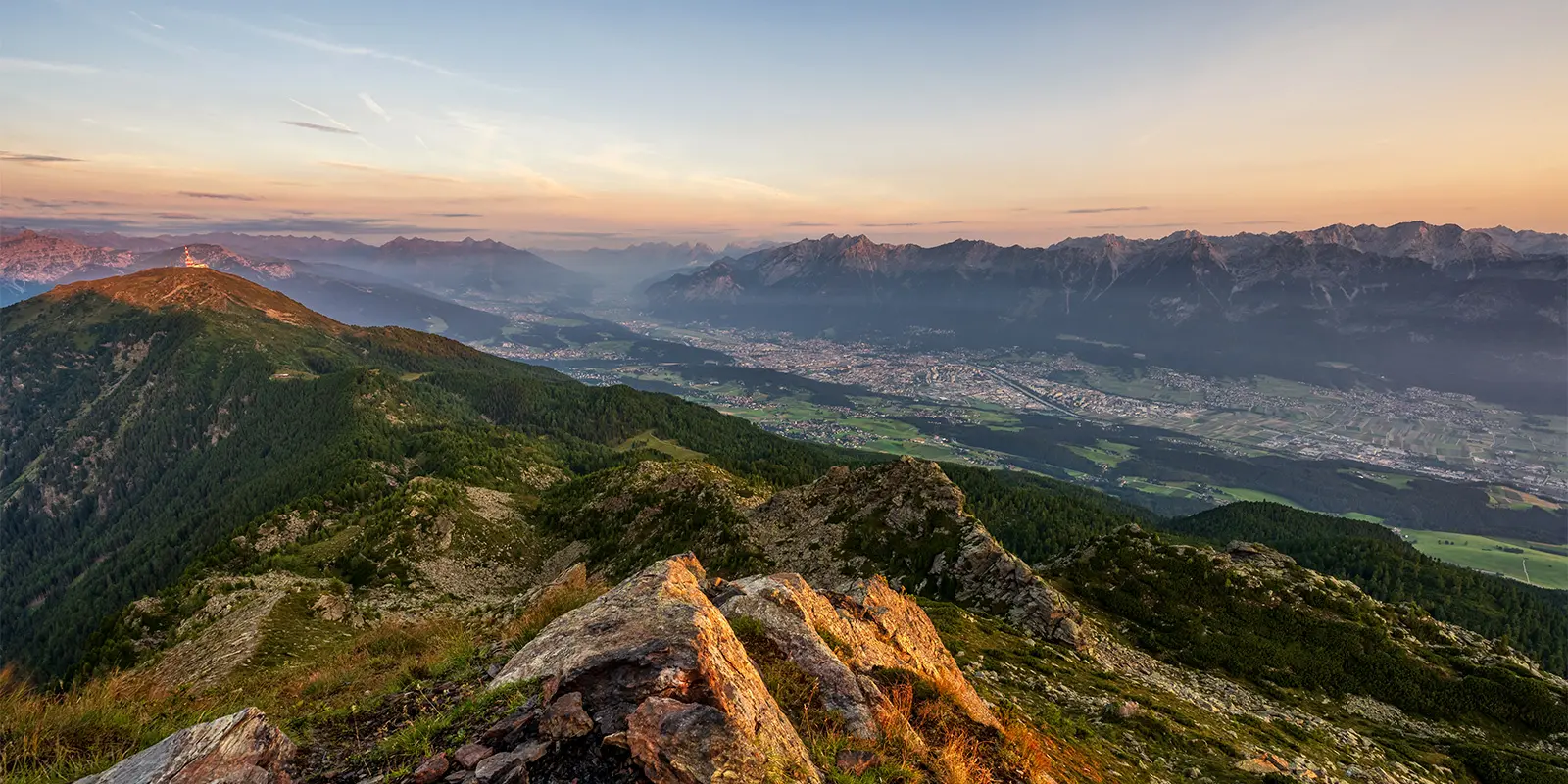The 54km Rockwall Trail is known for, quite literally, following a huge rock wall! Known for being one of Canada’s best multi-day backpacking trips, it has spectacular landscapes, limestone cliffs, rife wildflowers, lush valleys, and pristine crystal blue alpine lakes, culminating in a step into the true Canadian backcountry. Infrastructure is limited, but excitement and engagement with the wild are embraced.
A Game of Thrones reader told me that the Rockwall itself reminded him of what the Northern Wall should have looked like, and boy did I feel like I had a step into an epic fantasy.














